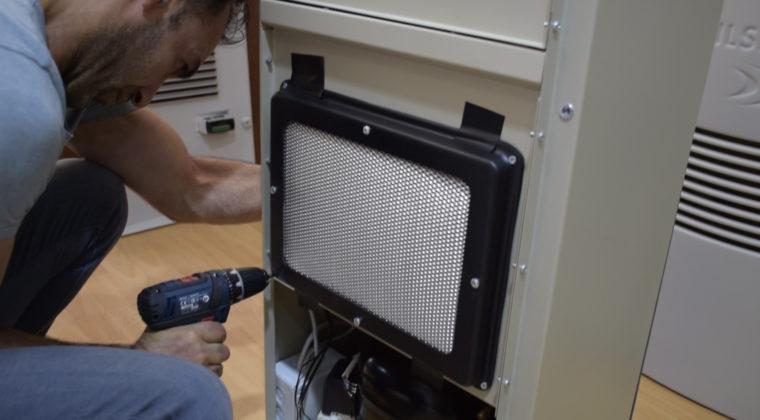1. Look at thermostat. Is it outdated? You could save money and energy by installing a newer, programmable thermostat.
2. Check any exposed ductwork for wear, which could be a source of cooling loss or inefficiency in the home.
3. Look at air vents around the home. Remove any items that could block airflow, such as drapes, furniture or toys.
4. Check the drain line. There is a drain by the indoor cooling coil, typically mounted above the furnace in the basement.
5. Change your air filter. The filter should be changed every three months (or as recommended by the manufacturer) and definitely before the start of a new cooling or heating season.
6. Check circuits to be sure electrical connections are on.
7. Be sure the power is turned “on” at the furnace/air conditioning unit.
8. Inspect the outdoor condenser unit. Make sure there is no blockage in or near the equipment and clean the area around the unit. Leaves, vines or debris can block the interior components and affect performance.
Also you want to check for any missing panels. The panels are designed to enclose the electrical connections.
9. Visually check the refrigerant lines. The lines should be insulated. Proper insulation will improve the efficiency of the system. Repairs to the insulation or refrigerant lines should be done by a professional.
10. Check to make sure there is no wear on the outdoor electrical wiring. If you see damage or wear, call a professional for service before using your system.
11. Know when it’s time your air conditioner may have reached retirement age. Air conditioners have a life span. Even if your unit has been properly maintained, it will eventually wear out.


